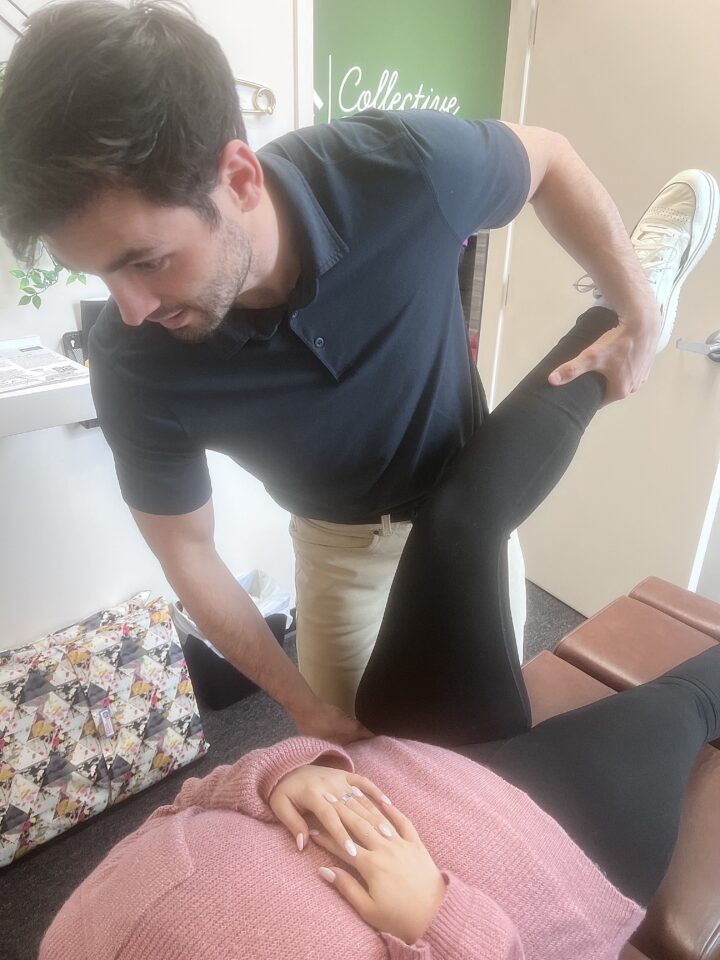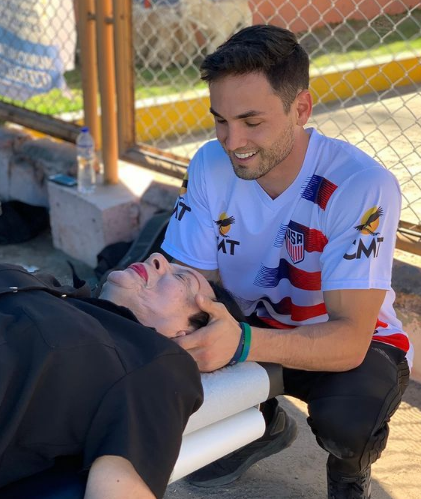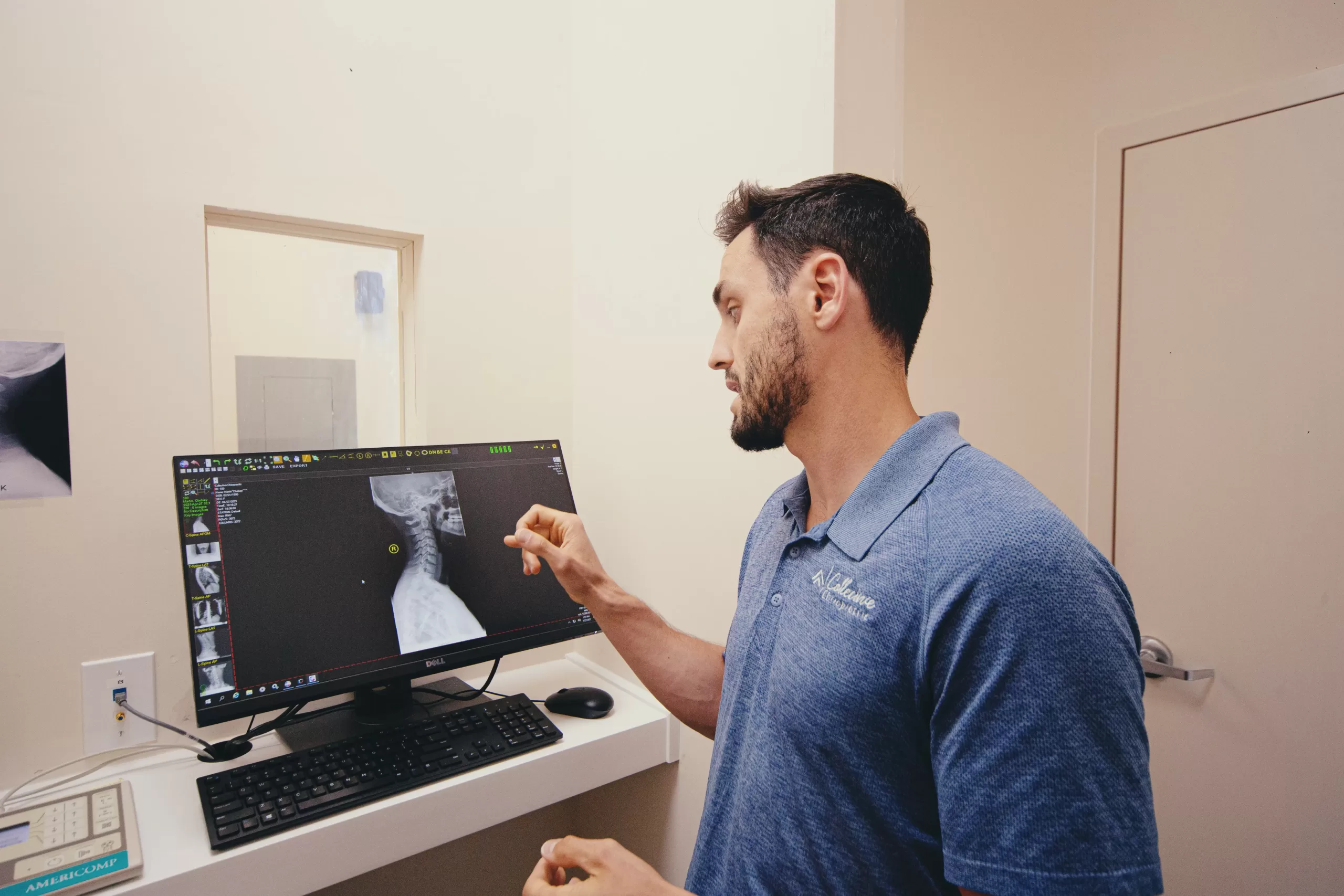Hip pain is a common complaint, with numerous possible causes. It may be caused by injury to the muscles or tendons around the hip joint, damage to bones within the hip joint, inflammation of the bursae in the joint, or an underlying condition such as arthritis. Depending on its cause, it can range from mild to severe.
One of the most common hip pain symptoms is difficulty walking and performing everyday activities. Other symptoms include:
- tenderness in the area of the hip joint
- stiffness
- decreased range of motion
- limping
- visible swelling or deformity near the area
- redness or warmth at the site
- popping sensations when attempting to move your hip
If you experience any of these symptoms, it is important to see a medical professional as soon as possible. They will be able to diagnose the cause of your hip pain and recommend the best course of treatment for you. Treatment may include rest, ice or heat therapy, physical therapy, steroid injections, anti-inflammatory medications, or surgery.
In short, if you experience any form of hip pain, don’t wait too long before seeking medical attention. A proper diagnosis can lead to the right treatment and allow you to get back on your feet as soon as possible.
Types of Hip Pain
Bursitis
Hip bursitis is an inflammation of the bursae, which are fluid-filled sacs located between bone and muscle tendons, near joints. The hip joint is made up of the head of the femur (thighbone) and the acetabulum (socket). Bursae reduce friction in this joint by providing a cushion between bones and soft tissue like muscles, tendons, and ligaments. When these bursae become inflamed from overuse or injury, it can lead to pain and restriction in movement – otherwise known as hip bursitis.
Common causes of hip bursitis include repetitive activities such as hip pain after running or squatting and direct trauma due to a fall or blow to the area. Obesity can also increase the risk of developing bursitis due to increased stress on the hip joint. This condition is more common in middle-aged and elderly individuals, but athletes and manual laborers are also at risk of developing it.
The first symptom of hip bursitis is usually felt on the lower back and hip pain on one side which can range from mild discomfort to severe aches. Other symptoms may include swelling and tenderness around the affected area as well as stiffness that limits movement. If left untreated, this condition can worsen over time and lead to chronic pain that can affect everyday activities like walking or sitting for long periods of time.
Your doctor will diagnose bursitis based on your medical history, physical exam and imaging tests such as an X-ray or MRI. Once diagnosed, the most immediate treatment is to rest and immobilize your hip, avoiding activities that could aggravate the condition.
Your doctor may suggest exercises like leg raises, side kicks, and heel slides to help lessen the pain associated with bursitis. If you are experiencing pain in the hip area, see your doctor immediately for diagnosis and treatment.
Tendonitis
Hip tendonitis is an inflammation of the tendons that attach your muscles to the bone in your hips. This condition can cause pain, discomfort, and limit mobility in the hip area. It’s important to understand what causes this condition so you can take steps to prevent it from occurring or worsening.
Hip tendonitis is usually caused by overuse of the hip flexors and stabilizers, as well as incorrect posture while walking or jogging. Weakness in these muscle groups can also lead to hip tendonitis. Other activities such as biking or aerobics may also contribute to this condition if they are done incorrectly without proper stretching beforehand.
The symptoms of hip tendonitis include pain when moving or touching the area, stiffness, swelling or tenderness around the hip joint, and decreased range of motion. If left untreated, this condition can become worse and lead to further damage in the area.
One way to prevent hip tendonitis is by properly stretching before engaging in any activity that may put strain on your hips. Make sure your stretches target the hip flexors and stabilizers so they are adequately prepared for exercise. Additionally, be mindful of your posture while walking or running; stay upright with your shoulders back and stomach pulled in to promote good alignment and reduce tension in the hips.
Hip tendonitis can be painful and disruptive to your daily life, but there are steps you can take to prevent it from occurring or worsening if you follow the right advice. With proper stretching, careful posture, and following your doctor’s instructions, you can manage this condition effectively so that you can get back to enjoying activities without pain or discomfort.
Tendonosis
Hip tendonosis is a common, often painful condition affecting the hip joint. It can occur in any age group and affects men and women equally. Symptoms of hip tendonosis include pain on activities involving weight-bearing, such as walking or running. Other symptoms may include stiffness with limited range of motion or swelling around the affected area.
Tendonosis is an overuse injury commonly due to repetitive motions that gradually lead to inflammation and strain on the tendons near the hip joint. The most frequent cause of this condition is from excessive physical activity – participating in sports like cycling, running or dancing for long periods of time without adequate warm-up before or stretching afterwards. It can also be caused by poor posture or form during exercise that puts strain on the muscles and tendons around the hip joint.
When diagnosed early, hip tendonosis can be treated with a combination of rest, physical therapy, medications to reduce inflammation and pain relief. Rest is important during recovery as it allows the affected area to heal and helps prevent further damage. In some cases, surgery may be required if all other treatment methods have failed to provide adequate relief from pain.
If you think you may be suffering from hip tendonosis, it is important to visit a physician or orthopedic specialist for an evaluation and treatment plan. It is likely that minor lifestyle changes combined with physical therapy can alleviate your symptoms and get you on the road to recovery.
Inflammation
Hip inflammation can be an incredibly uncomfortable and frustratingly long-lasting condition. It can cause pain, swelling, redness, and stiffness in the hip joint – all factors that can severely impact a person’s ability to move around as normal.
The causes of hip inflammation are often linked to repetitive stress on the joint such as sports injuries or arthritis. Overuse of this type can lead to an increase in inflammation which is why rest is so important for treating it. Other common causes include poor posture, obesity, infection or trauma.
Treatment for hip inflammation typically involves over-the-counter medications like ibuprofen or naproxen sodium, physical therapy, strengthening exercises (like glute bridges and planks) and stretching exercises (like lunges and leg swings). Rest is also important for proper recovery as the body needs time to heal.
No matter what treatment type you choose, it’s important to note that prevention is key when it comes to avoiding hip inflammation in the first place. That means staying active and focusing on maintaining a healthy lifestyle with good posture, balanced diet, and regular exercise routine tailored towards your individual needs.
Varicose Vein
Hip varicose veins are becoming increasingly common among women and men alike, as the number of people seeking this treatment is growing each year.
Varicose veins occur when there is an inefficient functioning of the veins in our legs which causes them to become enlarged, swollen, and twisted. This may lead to unsightly bulges or painful symptoms ranging from mild pain and discomfort to more severe throbbing sensations that can become disabling due to their disruption on regular activities like walking or standing.
Hip varicose veins can also cause discoloration in the form of unsightly brownish patches, as well as swelling in the area. Treatment for hip varicose vein typically involves a combination of lifestyle changes and medical procedures. Keeping the legs elevated whenever possible can help to reduce symptoms, while avoiding prolonged periods of standing or sitting can also aid in reducing pressure on veins.
Medical treatments may include sclerotherapy (injections) or laser therapy to help close off affected veins and redirect blood flow, which has been proven to be effective in treating both mild and severe cases of varicose veins.
If you’ve been noticing signs of hip varicose vein, it’s important to consult with your doctor or a specialist as soon as possible. Not only is early detection key for getting the treatment you need, but it can also help reduce the risk of serious complications such as blood clots or infections that may arise from untreated varicose veins.
What Causes Hip Pain?
While some hip pains can be managed with simple lifestyle modifications or over-the-counter medications, others may require more aggressive treatments. Here are some of the most common hip pain causes you should know:
- Arthritis: Osteoarthritis is one of the most common forms of arthritis and occurs when the protective cartilage between bones wears away, causing friction and swelling. Rheumatoid arthritis is another type of inflammatory arthritis that can cause joint destruction and severe discomfort in your hips.
- Injury or Trauma: An injury to your hip could be caused by an accident, sports injury, or even repetitive motions like running or climbing stairs. Hip injuries can cause acute pain or long-term pain if not properly treated.
- Bursitis: This is an inflammation of the bursae, which are fluid-filled sacs that reduce friction in your joints and hip. It can be caused by overuse of the joint or due to certain medical conditions like rheumatoid arthritis.
- Pinched Nerves: Nerves located near the hip may become pinched during activities like running, which can lead to sharp pains in the hips or buttocks.
- Piriformis Syndrome: This occurs when a muscle located deep in the buttocks becomes tight and irritates a nearby nerve, causing hip and leg pain and other symptoms including tingling, numbness, and muscle spasms.
- Labral Tear: The labrum is a band of soft tissue that surrounds the socket of your hip joint, providing stability and cushioning. This can become torn or stretched due to injury or trauma, leading to pain and instability in the hip.
If you are experiencing hip pain that persists despite rest or over-the-counter medications, it is important to seek medical attention from your doctor for proper diagnosis and treatment. Consult your hip pain chiropractor to learn more about the causes of hip pain and seek advice for hip pain relief.

Hip Pain Treatment
The hip joint is one of the most important joints in our body supporting our upright posture. Unfortunately, it can also be vulnerable to pain and discomfort. Here are some treatments for severe hip pain that may help provide relief:
- Exercise: Regular exercises for hip pain can help strengthen muscles around the hip joint, reduce pressure on them and improve mobility. Some hip pain exercises specifically targeted towards hip strengthening include leg raises, squats and bridges.
- Hot/Cold Therapy: Thermal therapy such as hot or cold compresses applied directly on the affected area can provide relief from muscle spasms and inflammation associated with hip pain. However, it is important to apply either treatment within 15 minutes after an injury to avoid any further damage.
- Stretches: Regularly stretching the hip muscles and ligaments can help reduce pain. Stretches for hip pain helps to improve mobility by increasing blood flow to the area, which in turn facilitates healing.
- Physical Therapy: A physical therapist can assess your condition and prescribe specific exercises targeted towards strengthening the hip muscles and restoring balance between them.
- Medications: Non-steroidal anti-inflammatory drugs such as ibuprofen or naproxen can help relieve pain and swelling associated with hip pain. In some cases, stronger medications may be prescribed by a doctor depending on the cause of the joint pain.
- Surgery: If other treatments fail to provide relief, surgery may be an option for more serious conditions. This is usually done as a last resort after all other treatments have been exhausted.
- Chiropractic Adjustments: A chiropractor can use manipulation and mobilization of the hip joint to help reduce pain, improve mobility and speed up healing.
Regardless of which treatment you choose for your hip pain, it is important that you talk to a doctor or healthcare professional before beginning any new routine. They will be able to assess your condition and provide guidance on what types of treatments will work best for your individual situation.
Benefits of a Professional Hip Pain Chiropractor
You may be familiar with the aches and pains associated with hip pain, but did you know that seeing a professional chiropractor can make a huge difference in your overall comfort and well-being?
A professional chiropractor specializes in treating hip pain through natural treatments such as massage, adjustments, and other therapies. Here are some of the benefits of visiting a professional hip pain chiropractor:
- Comprehensive Treatment Plans – When it comes to treating chronic or acute hip pain, there is no one-size-fits-all solution. Professional hip pain chiropractors offer comprehensive treatment plans tailored to meet your specific needs. These plans often include hands-on therapy such as massage and adjustment to address misalignment or tightness in muscles or joints, as well as nutritional guidance and lifestyle changes to improve overall health.
- Pain Relief – Professional chiropractors use a combination of treatments to alleviate pain in the hips. This may include massage therapy, adjustments and other techniques such as ultrasound or other modalities that can reduce inflammation in the area and provide relief from pain.
- Improved Mobility – Not only will professional hip pain chiropractic care help with pain relief, but it can also improve mobility in your hips. Through various exercises and stretches tailored specifically for you, these professionals can help restore normal movement and flexibility to the affected areas.
- Stress Management – Another benefit of seeing a professional hip pain chiropractor is stress management. Chiropractic treatments focus on the entire person, not just the affected area. This means that treatments can also help address underlying stress and tension that may be contributing to hip pain.
- Expert Guidance – Professional hip pain chiropractors offer expert guidance on how to relieve hip pain, properly care for your hips, and what lifestyle changes you can make to keep them healthy. From providing nutritional advice to recommending exercises or stretches, these professionals will provide comprehensive guidance for taking better care of yourself.
Contact Us For Expert Hip Pain Chiropractic Care!
We understand how difficult and uncomfortable hip pain can be. That’s why we offer professional and customized chiropractic care to reduce your hip pain symptoms and increase your mobility. Our professional hip pain chiropractor uses the latest techniques to assess, diagnose, and treat your condition in a safe and comfortable environment.
Call Collective Chiropractic for relief from your hip pain! Start living life free of discomfort with our tailored chiropractic care plans.



